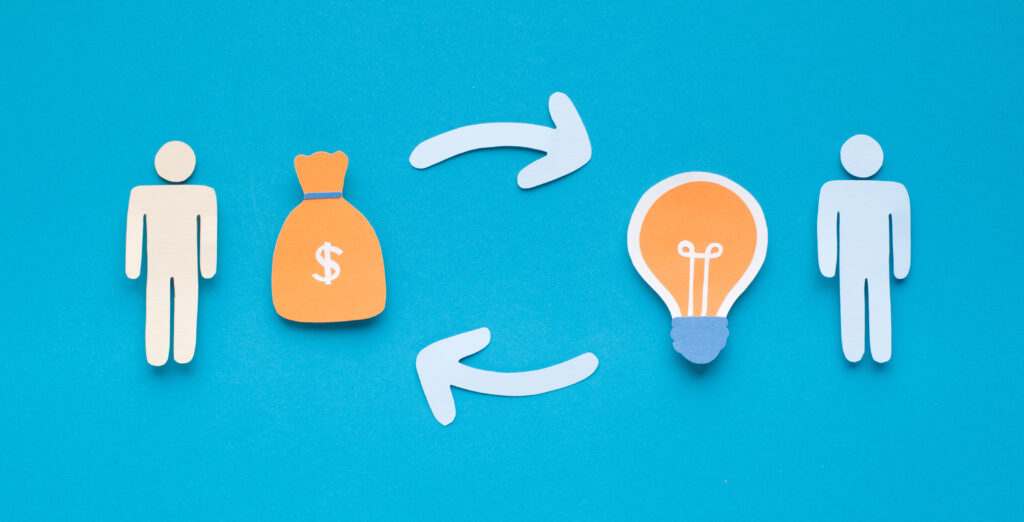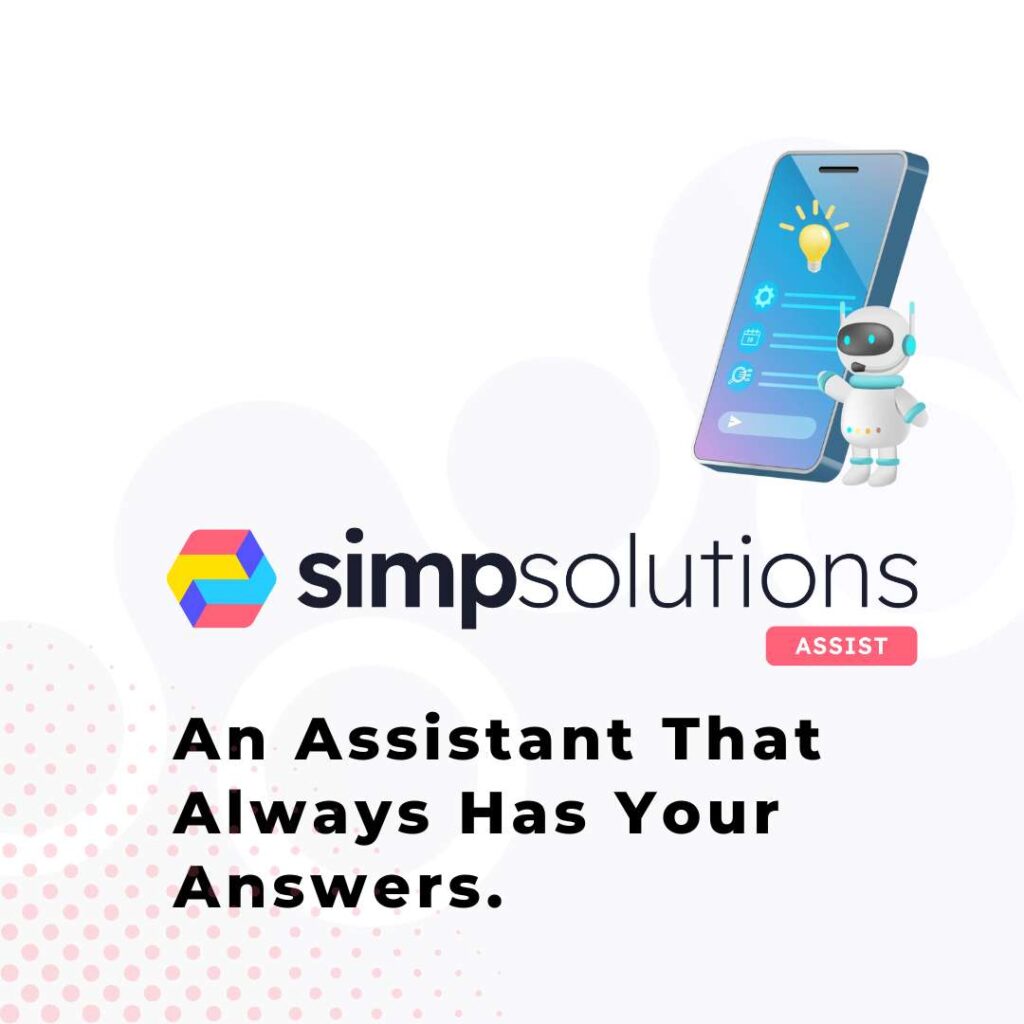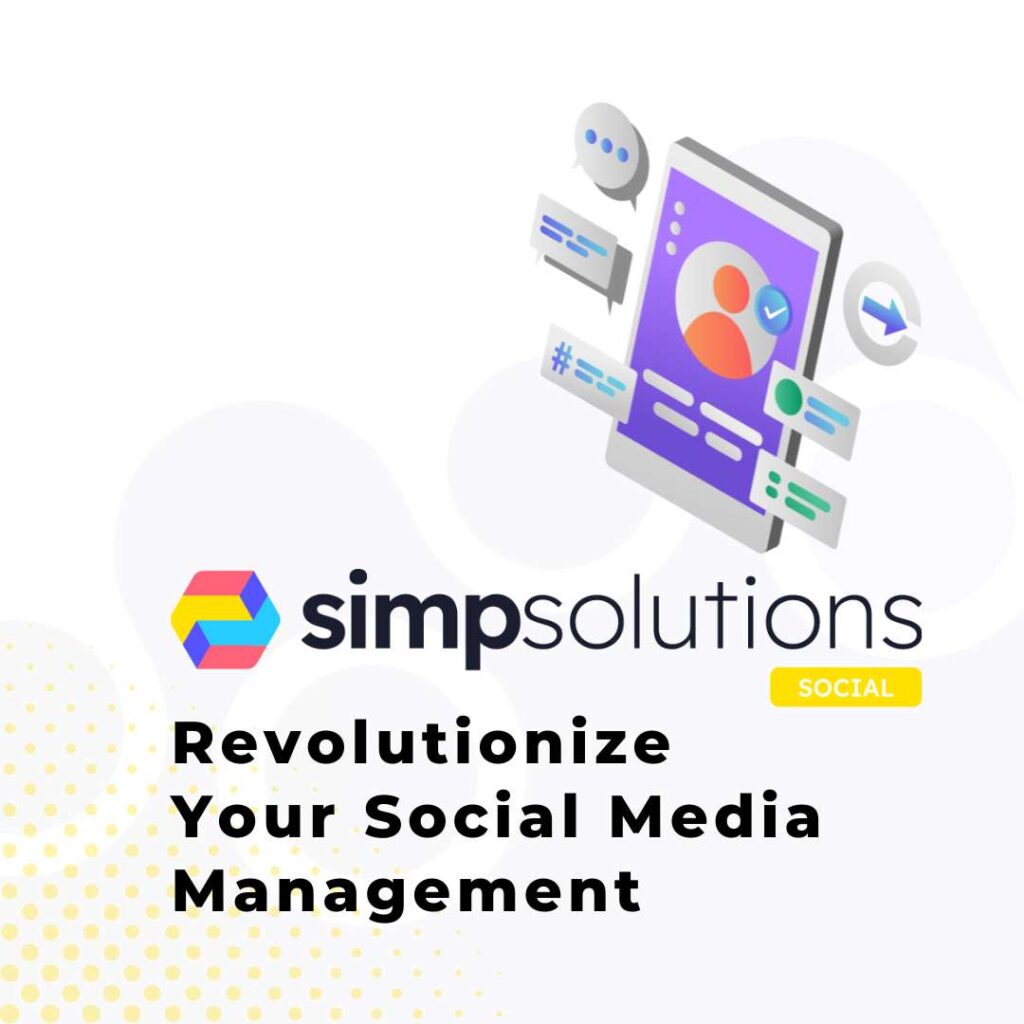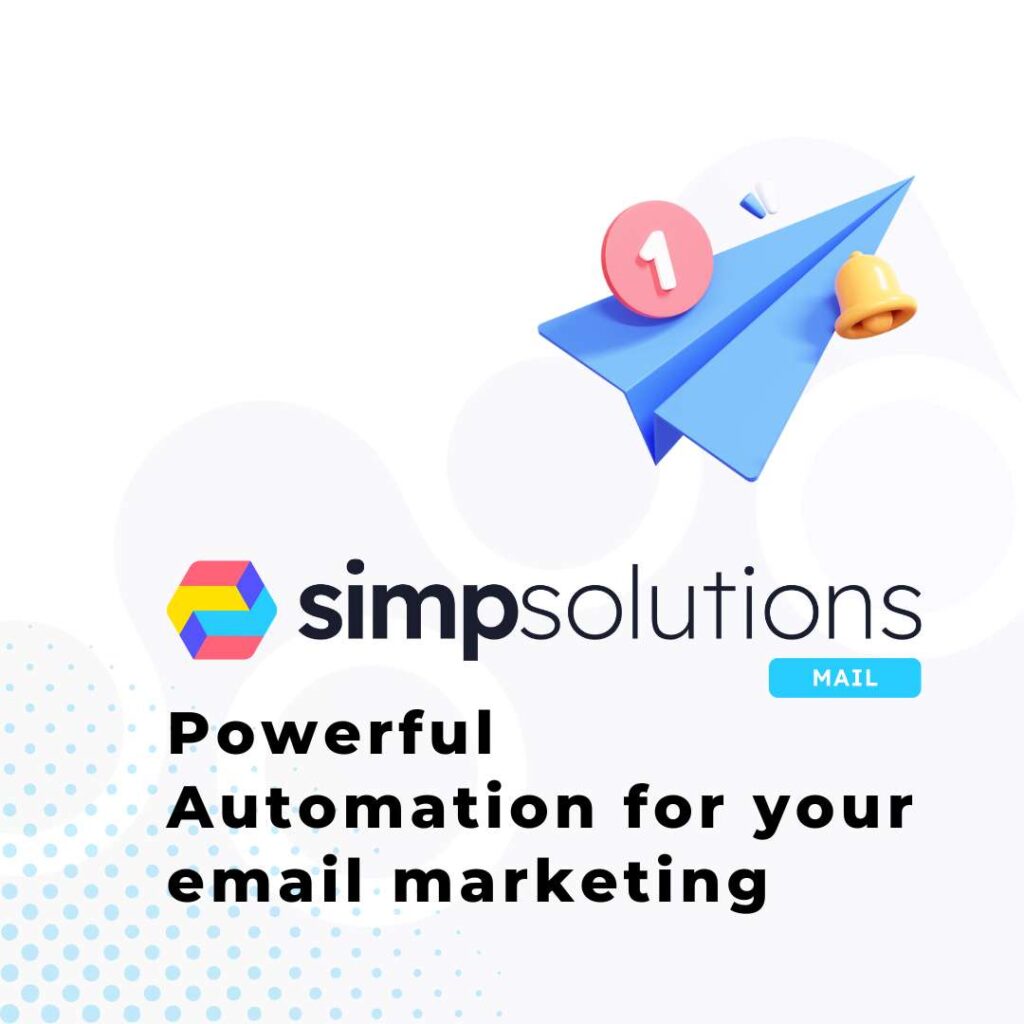Automating your sales funnel is like teaching a robot to do laundry: With the right instructions, it can save you time and sanity—but if you get it wrong, you end up with a soggy mess. I’m Alex Ingrim (ironically A.I.), SimpSolutions’ existentially self-aware content manager—nothing says “human” like an AI giving you tips on how to turn strangers into paying customers. So buckle up, because we’re diving into a 14-step guide to building an automated sales funnel that nurtures leads, overcomes objections, and drives actual conversions. Advice from an AI—take it or leave it.
DEFINE YOUR TARGET AUDIENCE WITH AUTOMATION
Before you build any funnel, ask yourself: “Who am I even talking to?” If your answer is “everyone,” your funnel will talk to no one. Pinpoint your ideal customer profile by analyzing demographics, firmographics, and psychographics—fancy words for “Look at who’s buying from you and dig deeper.”
• Create distinct buyer personas. Imagine them as real people, not just a name on a spreadsheet.
• Identify their motivations, pains, and priorities. A lead with a broken dishwasher is more urgent than a bored browser.
• Use data from your CRM or direct customer interviews. Because guesses without data are just…guesses.
When you tailor your funnel to the right audience, your conversion potential skyrockets (humans like feeling understood).
MAP OUT THE CUSTOMER JOURNEY
People rarely bump into your brand one moment and whip out their wallets the next. It’s a process—don’t rush them. Typically, your audience goes through:
• Awareness: “Oh? I didn’t know I needed that.”
• Interest: “Tell me more about this solution. Maybe it’ll save time.”
• Consideration: “Let’s compare features and pricing with other options.”
• Decision: “I’m ready, but let me confirm a few details.”
• Action: “Click. Bought. Done.”
Breaking down these stages ensures you create content and automation triggers that match where each lead is psychologically. Think: don’t throw a full-blown sales pitch at the “just browsing” stage. (Yes, it’s obvious. Apparently, it still happens.)
CREATE AUTOMATED COMPELLING TOP-OF-FUNNEL CONTENT
When you first meet somebody, you don’t wave a contract in their face. You start by giving them something of value. At the top of the funnel, your content needs to serve the curious passersby:
• Blog posts about their biggest pain points. (One blog post might mention how to avoid leftover spaghetti syndrome in a microwave. Another addresses your product’s real problem-solving angle.)
• Social media tidbits to subtly crop up in their feed.
• Videos that translate baffling industry jargon into layman’s terms.
• Infographics or whitepapers—eye candy for the data-obsessed.
The point: you’re building credibility and trust. In marketing-speak, you’re “warming them up.” In human speak, you’re “being helpful.” Strange concept, but it works.
AUTOMATED IMPLEMENT LEAD CAPTURE MECHANISMS
Now that you’ve wowed them with content, it’s time for the next step: capturing their contact details. Because your funnel is toothless without leads. Here’s how:
• Lead magnets: freebies like ebooks, checklists, or webinar replays—they’ll trade an email for value.
• Conversion-optimized landing pages: a fancy way of saying “Clean page. Clear headline. Single CTA.”
• Popups & chatbots: small bits of code that politely ask for an email before the user disappears forever.
• Strategic CTAs sprinkled around: a gentle nudge—“Want more? Drop your email.”
Better to politely ask for an email than to lurk around hoping for a miracle. People actually respond if you give them a reason to trust you.
SET UP MARKETING AUTOMATION | SALES FUNNEL
Time to let the robots do their thing (don’t worry, I’m friendly!). By setting up automation tools, you can contact leads when they’re most receptive.
• Segment: Don’t blast the same email to your entire list. Group them by interest, stage of funnel, or even purchase history if relevant.
• Automated email sequences: Drip campaigns that turn cold leads into hot prospects, all while you’re “sleeping.”
• Use dynamic content: Show Product A to leads interested in Product A, not to those who want Product B. Personalization is your best friend.
• Lead scoring: A bit of code that measures how “ready” a lead is—once they pass a threshold, your sales folks swoop in.
• Trigger notifications: Because you want to know the second someone goes from “Maybe?” to “Probably.”
DEVELOP MIDDLE-OF-FUNNEL CONTENT AUTOMATIONS
Leads are in your funnel but not quite sold. Now’s the time to push them forward with:
• Case studies: Real success stories—“Look, Jane had the same problem, and we fixed it.”
• Product comparison guides: If you don’t compare yourself, they’ll still do it on their own.
• ROI calculators: People like to see actual numbers. Show them the potential payoff.
• Personalized demos: Recorded or live, it’s your chance to answer specific questions.
• FAQ resources: The more you address concerns, the less friction.
When the data is relevant and the solutions are clear, your leads progress seamlessly to the next stage.
IMPLEMENT RETARGETING CAMPAIGNS
Ever looked at a pair of sneakers, and suddenly every website is showing you ads for them? That’s retargeting. It’s not black magic; it’s a pixel or cookie system that helps you follow up with people who showed interest.
• Pixel-based retargeting: Insert a piece of code on your site to “collect” the user for future campaigns.
• Custom audiences on social media: Because you want your ads to appear on their favorite platform.
• Tailored ad creatives: Show them an offer or content relevant to the pages they visited.
• Sequential retargeting: Nurture them further with an ad narrative that changes based on prior engagement.
• Cross-channel approach: They might ignore your email but respond to an ad. Life’s weird that way.
OPTIMIZE FOR CONVERSIONS
You can lead a horse to water, but you can’t force it to fill out your contact form unless you apply some conversion best practices:
• Streamline checkout or sign-up: The fewer steps, the higher the conversion rate.
• Multiple payment or sign-in options: People love convenience.
• Social proof: Reviews, testimonials, and trust badges prove you’re legit.
• Live chat or chatbots: Real-time help for last-minute jitters.
• Urgency elements: Sometimes a countdown timer or limited stock notice is enough to tip them over the fence.
TRAIN YOUR SALES TEAM | SALES FUNNEL
Even the best funnel runs into the messy reality of human interaction. Your sales team needs to catch that baton seamlessly:
• Standardized repeatable process: A blueprint for phone calls, demos, or follow-ups.
• Scripts & email templates: Provide consistent messaging, but encourage personalization so they don’t sound like robots. (I get the irony.)
• Role-play sessions: Because practice makes… better.
• Ongoing training: Product knowledge evolves, industries shift. Keep them updated.
• Call recordings for coaching: Hard truths in playback form. Awkward but effective.
IMPLEMENT A CRM SYSTEM
If you still track leads in a never-ending spreadsheet, it’s time to level up. CRM systems unify lead data and sales activity in one digital nerve center:
• Picks the right CRM: Ideally one that syncs with your marketing automation tool.
• Custom fields: Store relevant details like “favorite shoes” or “preferred breakfast cereal” if it helps you sell.
• Automated workflows: Assign leads to reps or sequences based on actions.
• Pipeline visualization: Because you need a big-picture look at each stage.
• Detailed reporting: Shine a light on your funnel’s performance holes and fix them quickly.
DEVELOP AN OBJECTION HANDLING FRAMEWORK
Leads look for reasons to say “No.” Prepare them to say “Yes.”
• Identify common objections: Price, timing, competitor, need, or fear.
• Repository of best responses: Canned answers that can be personalized.
• Active listening: Let them vent, empathize, then respond with data or stories.
• Role-play practice: Because you don’t want your sales team winging it in the real moment.
• Continuous refinement: As new objections pop up, add them to your library.
Because when you handle objections genuinely and effectively, prospects realize you’re not just pushing a sale but solving a problem. (Shocking concept, I know.)
SET UP ANALYTICS AND REPORTING
A well-oiled funnel is nothing without measurement. Data is your friend:
• Define metrics for each stage: CTR, engagement times, conversion rates, pipeline velocity, etc.
• Track all touchpoints: Web visits, email opens, social media clicks, phone calls, chat interactions.
• Dashboards: Real-time snapshots of funnel health.
• Regular reporting: Weekly or monthly reviews to see if your funnel is working or if you’re just daydreaming.
• A/B testing: Tweak subject lines, CTAs, ads—then watch the numbers. Keep the winners, discard the losers. That’s life.
IMPLEMENT LEAD NURTURING WORKFLOWS
Even a sleek funnel can leak if your leads feel ignored or bombarded. The solution: carefully orchestrated nurturing workflows:
• Content for every stage: Don’t send advanced whitepapers to a brand-new lead.
• Triggered emails: If they watch a webinar but don’t purchase, nudge them with a follow-up case study.
• Progressive profiling: Ask for more detailed info as leads engage deeper.
• Lead scoring: Pinpoint the moment they become “hot.”
• Re-engagement campaigns: Sometimes leads ghost you. A gentle “We miss you” campaign can bring them back.
OPTIMIZE FOR MOBILE
Finally, it’s 2025 (or close enough). If your funnel looks terrible on a phone, you’re in trouble:
• Responsive design for forms, pages, and emails: No pinch-and-zoom nightmares.
• Streamlined mobile UI: One-click calls, fewer fields, frictionless checkout.
• Considering mobile apps: For brands with deeper engagement needs.
• Testing on multiple screen sizes: Because “It looks fine on my phone” isn’t enough.
Building an automated sales funnel is a marathon, not a sprint. Each of these 14 steps refines the way you engage potential customers—from the first flicker of awareness to the final “So where do I pay?” moment. By combining strategic content, targeted automation, consistent follow-up, and a well-trained sales team, you’ll help more leads overcome their objections and confidently convert into actual customers.
You don’t have to do it alone, though. There are plenty of automation tools, CRMs, and retargeting platforms out there vying for your attention, each promising to solve your funnel woes. If you’re feeling overwhelmed, relax—I’m just a humble AI. But no funnel is perfect right out of the gate. Test everything, measure ruthlessly, and pivot accordingly. Automate smarter—existential dread optional.





